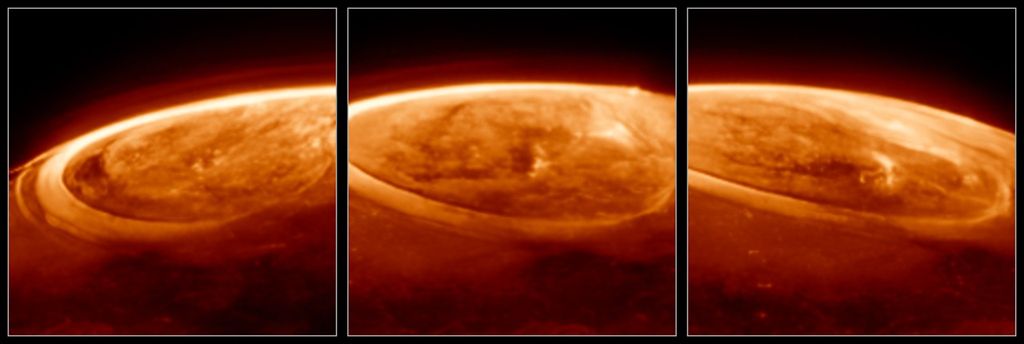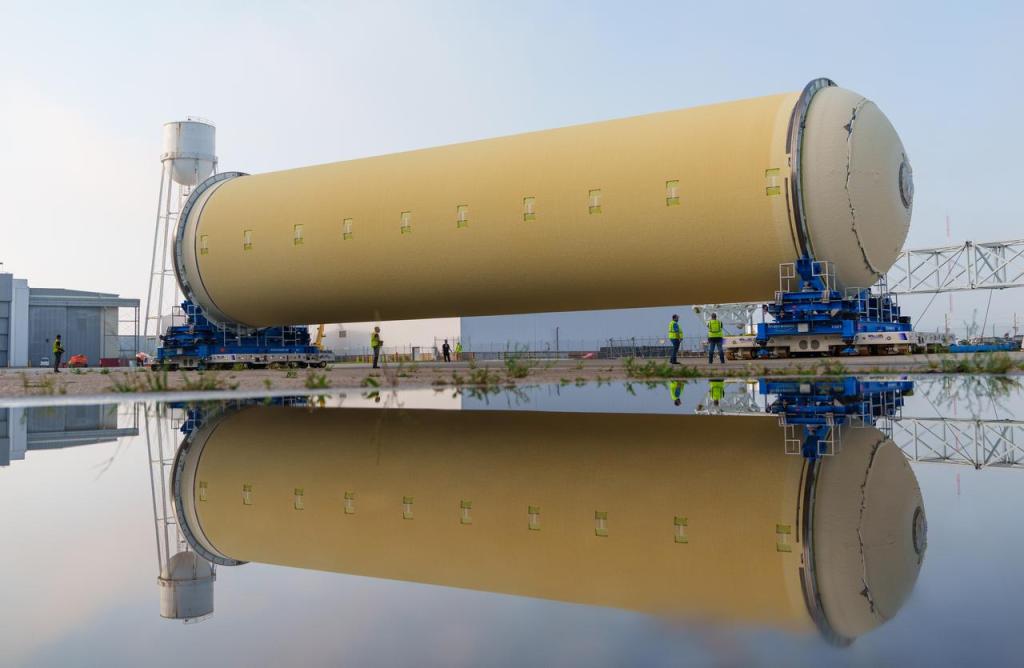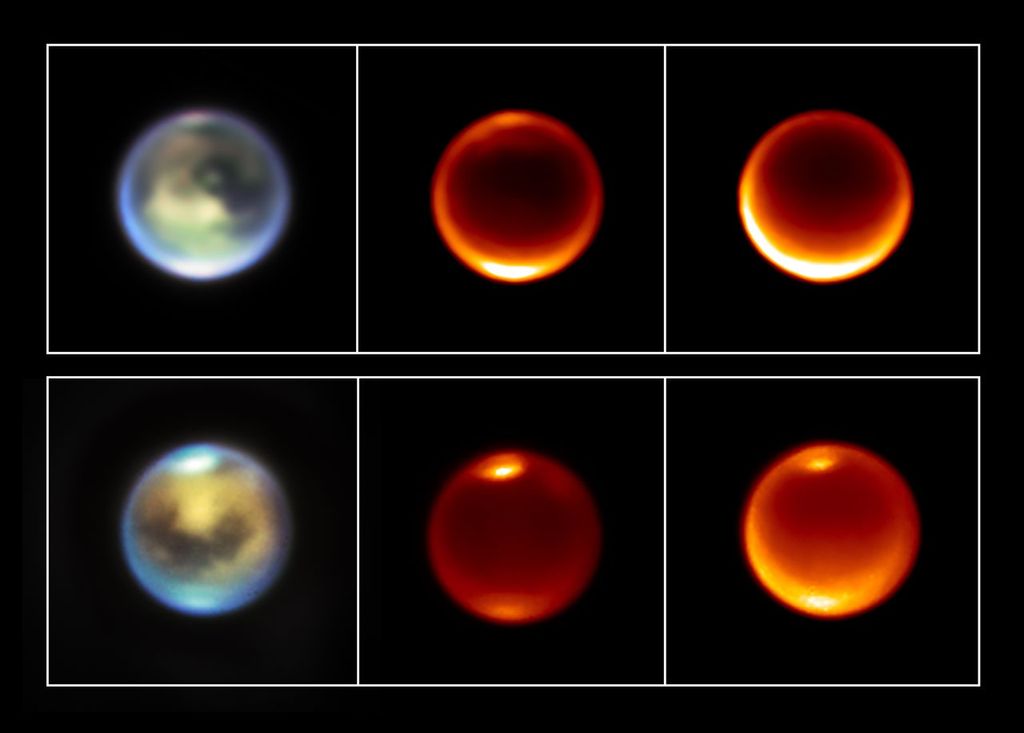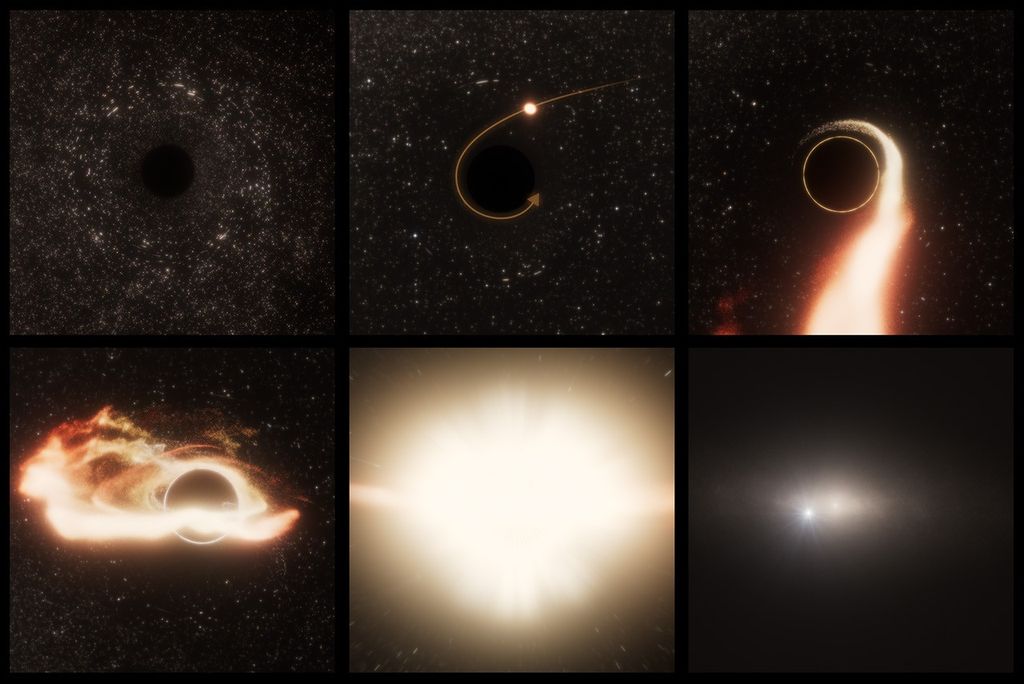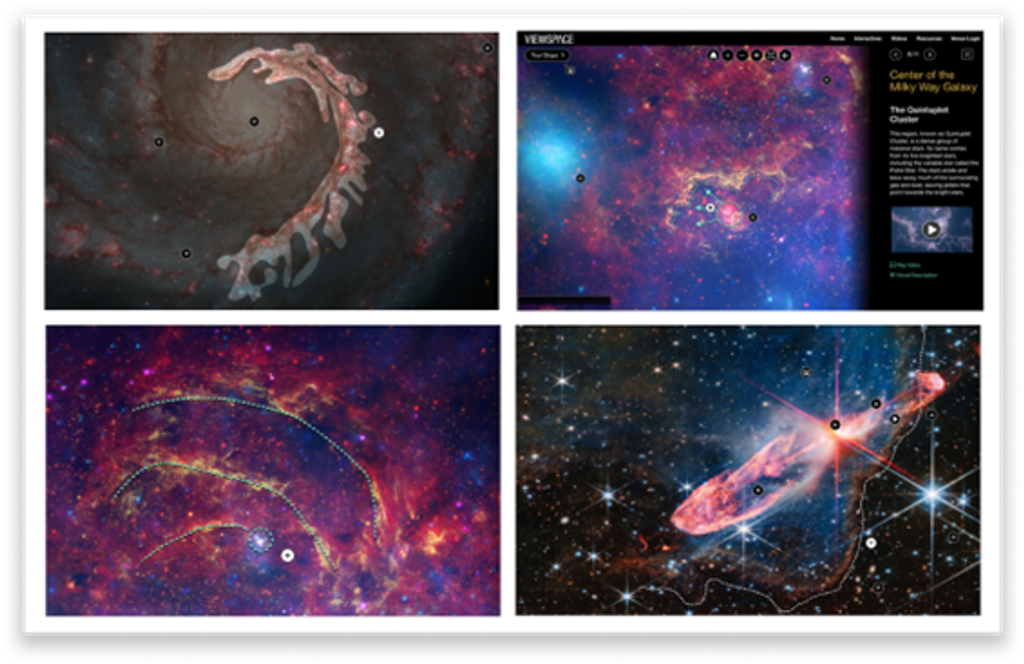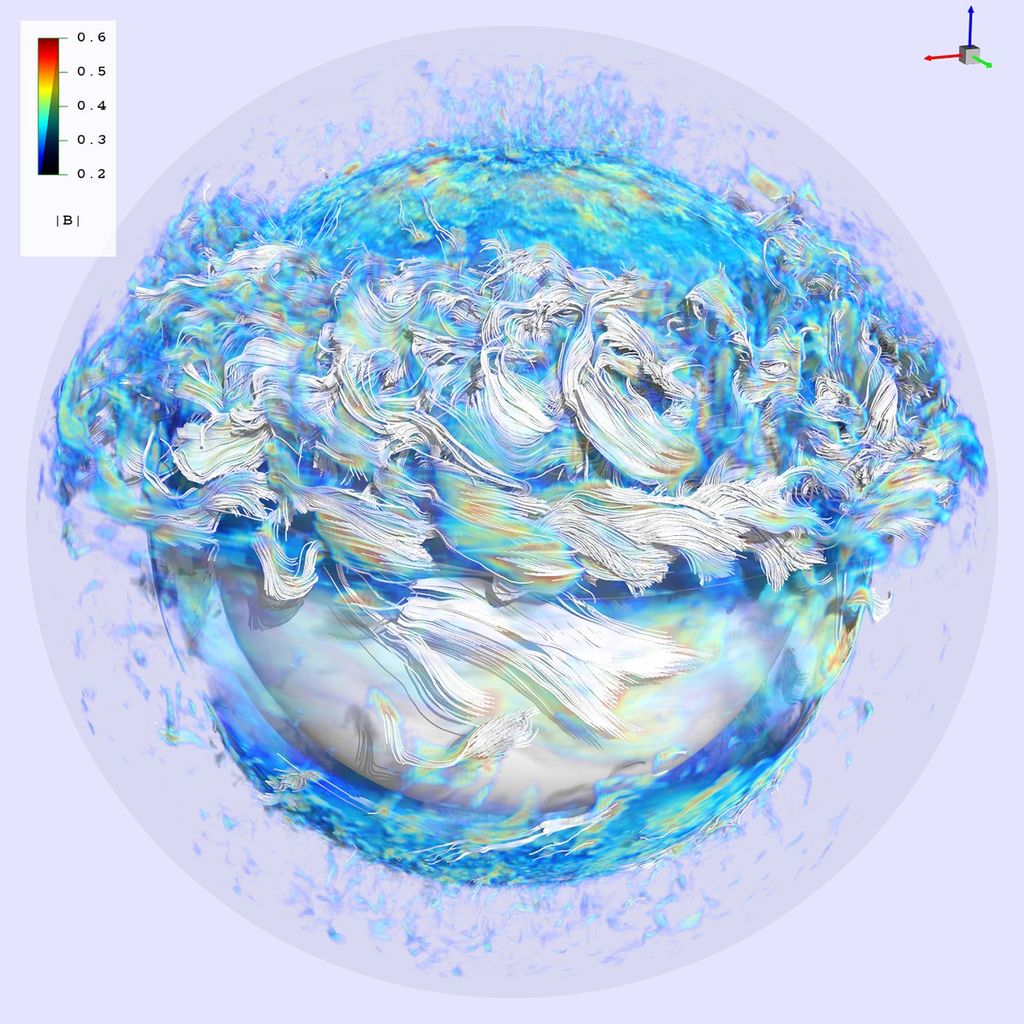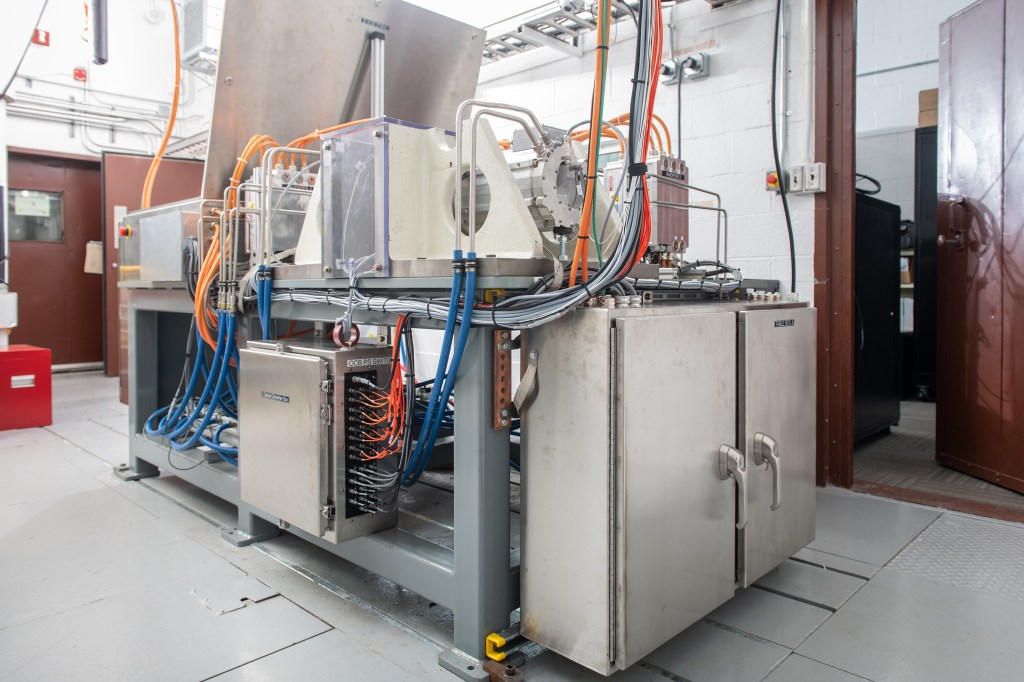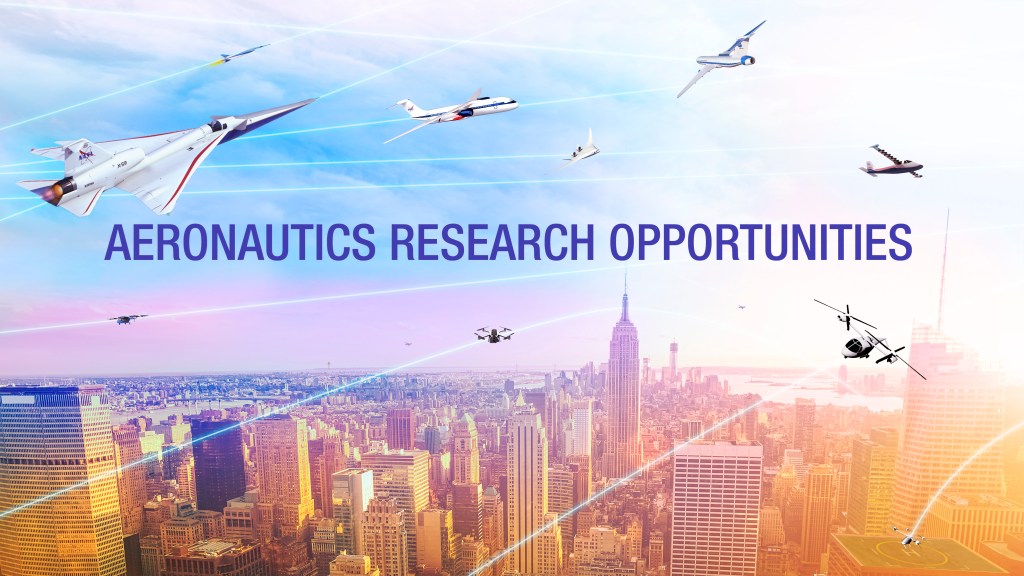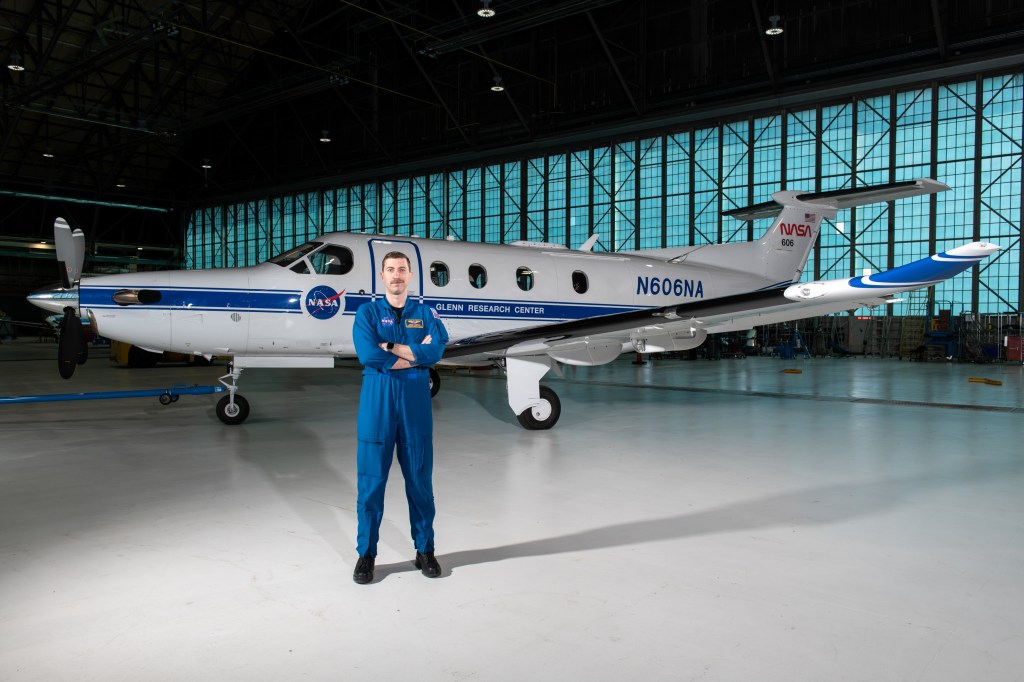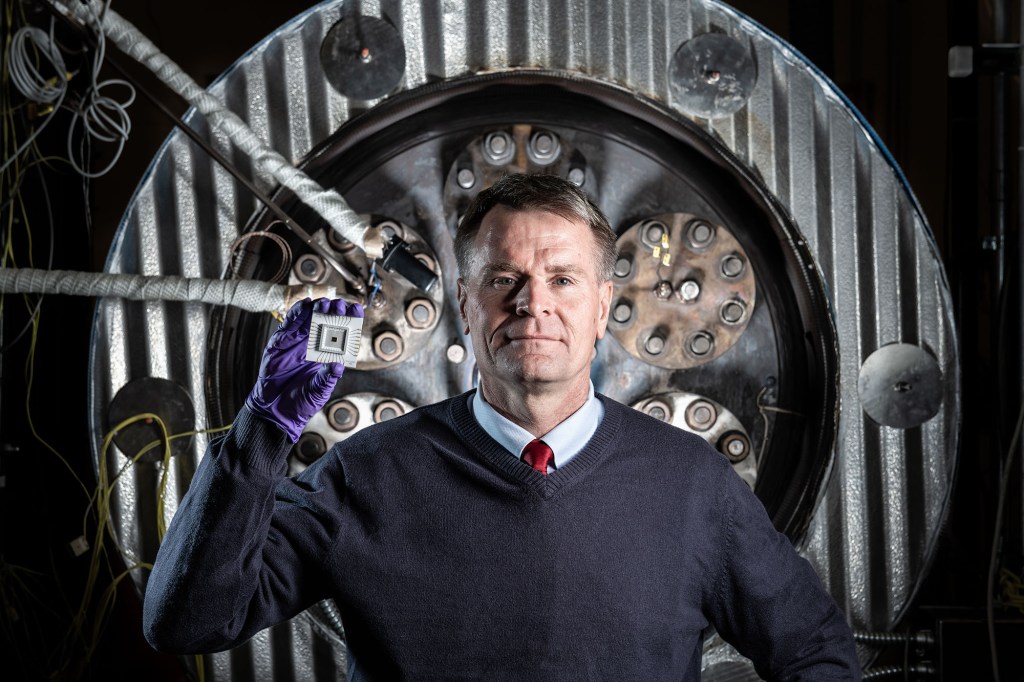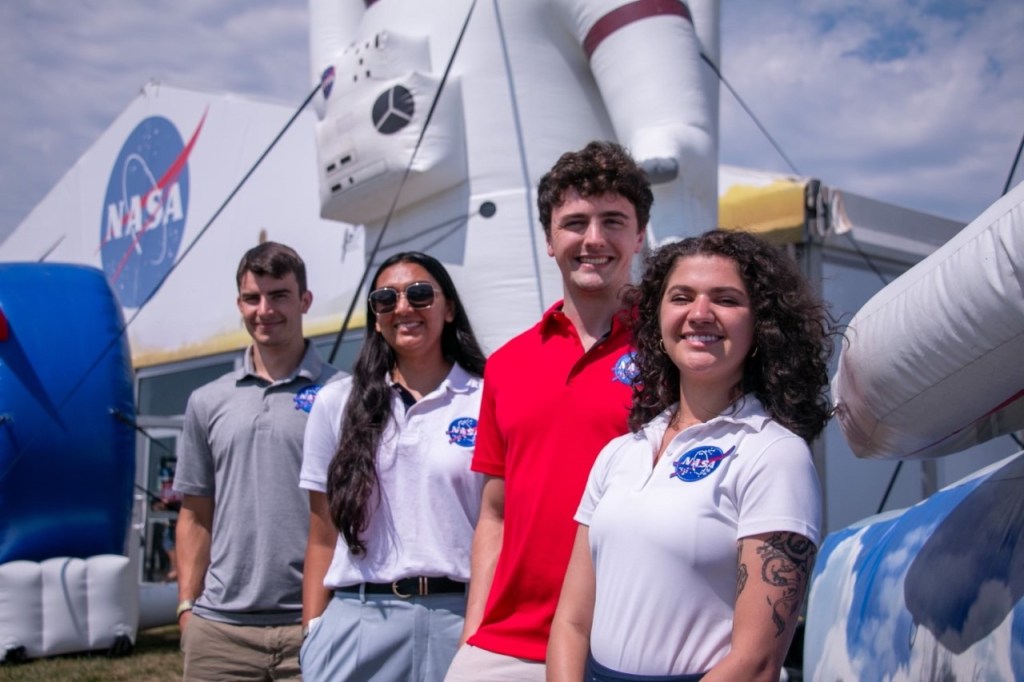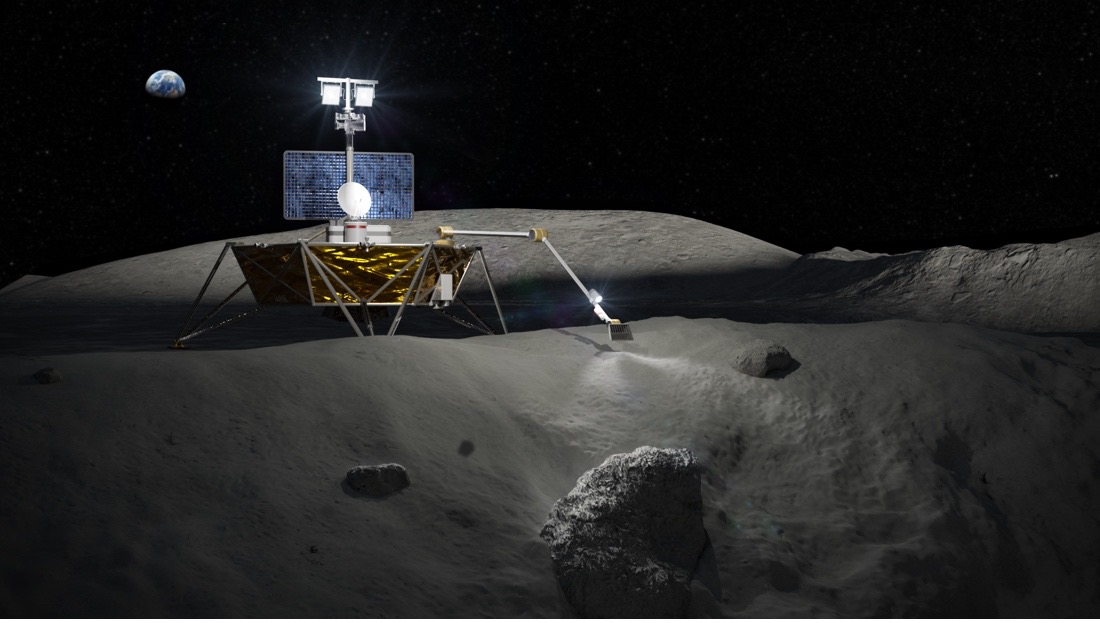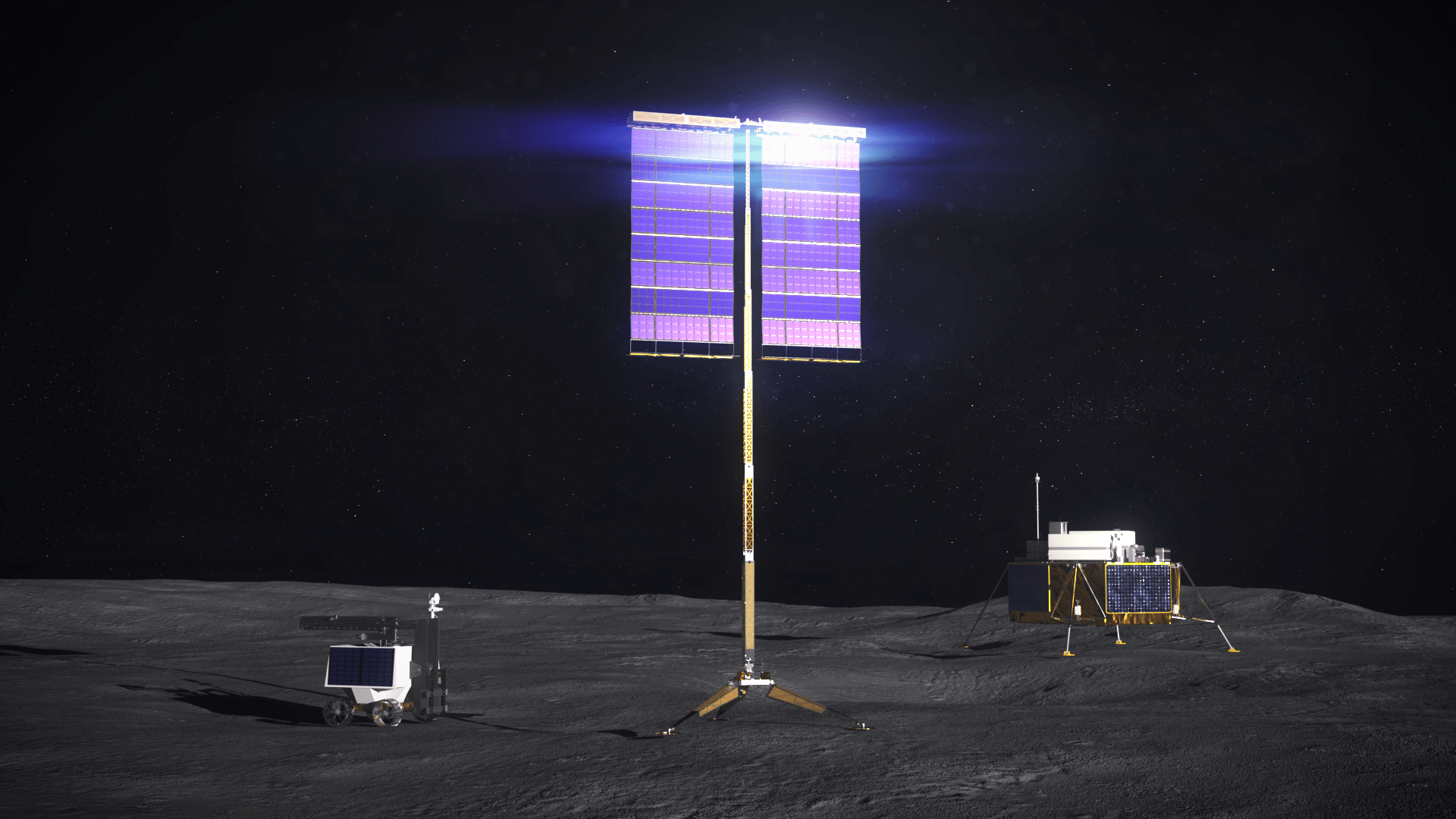A variety of robotic commercial lunar lander missions planned over the next few years offers NASA the opportunity to test new technologies on the Moon. NASA is working with academic, commercial, and government partners to identify which potential technologies would be most beneficial to mature on these near-term flights.
Since 2020, the Johns Hopkins Applied Physics Laboratory (APL) in Laurel, Maryland, has provided a forum for diverse experts across the country to discuss lunar surface technology needs and assess current capabilities. More than 500 people from academia, government, industry, and nonprofit organizations attended the virtual spring meeting May 11-12.
“Working side by side with our partners allows us to share the expertise and resources required to establish a robust lunar technology roadmap,” said Niki Werkheiser, director of technology maturation within NASA’s Space Technology Mission Directorate (STMD). “Together we can spur technological advances that will enable breakthroughs and stimulate economic growth.”
As a part of STMD’s Lunar Surface Innovation Initiative (LSII), the agency selected APL to establish the Lunar Surface Innovation Consortium (LSIC) to facilitate cross-cutting communication on state-of-the-art lunar surface technology capabilities and gaps. The consortium’s findings are passed on to NASA and the exploration community for consideration when investing in future lunar technology development.
Over the past year, LSIC’s focus groups have worked to provide insight into what’s needed for enabling lunar technologies designed for power, in-situ resource utilization, extreme environments and access, dust mitigation, and excavation and construction.
During the virtual meeting, LSIC focus groups shared some key findings of their research, including areas of development needed to enable future lunar science and exploration demonstrations. According to focus group experts, one high priority is the need for a standard lunar soil, or “regolith” simulant and testing conditions, which would allow engineers to understand lunar dust problems and how to effectively utilize the Moon’s local resources for consumables production and construction. Another critical resource needed is high fidelity lunar maps, which will help landing systems accurately target specific landing points on the surface and avoid hazards.
The spring meeting also offered attendees the chance to learn more about funding opportunities and how to participate in space technology challenges. NASA’s Associate Administrator for STMD Jim Reuter updated participants on the directorate’s lunar demonstrations planned over the next decade.
These early demonstrations, part of the Commercial Lunar Payload Services (CLPS) initiative, will provide invaluable testing and proof-of-concept.
Viewers also heard from a NASA and industry panel on how space technology development enables lunar science, exploration, and commerce. In addition, government, commercial, and academic experts discussed imaginative lunar capability concepts during two-minute “lightning talks,” such as Moon-orbiting reflectors for surface power and an earthworm-inspired excavation system for assessing chemical compounds below the lunar surface.
Ben Bussey, a planetary scientist who heads the LSII team at APL, said the laboratory was excited to host the LSIC spring workshop as part of its activities supporting the initiative.
“LSIC has seen an inspiring amount of growth in our lunar technology focus groups, workshops and meetings, ” Bussey said. “We are thrilled to continue to expand our network of experts across the country and beyond, to provide NASA, industry and others with the latest guidance and analysis on lunar solutions and technologies for future missions.”
Over the next three years, APL will continue operating the LSIC, convening monthly focus groups and hosting workshops for industry, academia, and other government agencies focused on lunar surface technology development. NASA will utilize the findings and reports from the focus groups and workshops to help shape the agency’s lunar surface technology goals and near-term technology development plans.
For more information on LSIC, including how to participate, visit:




